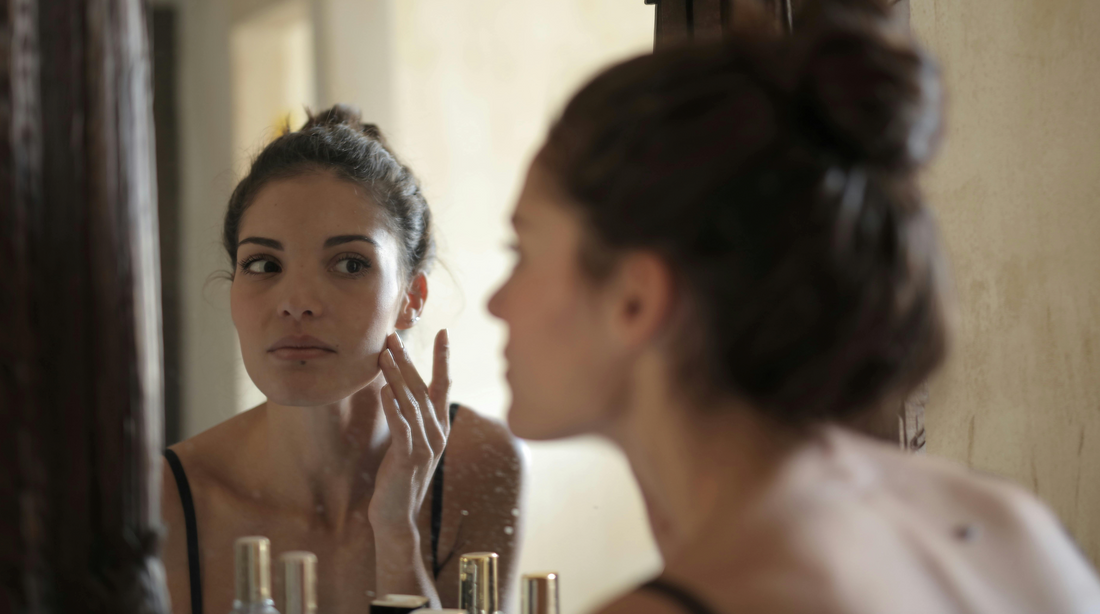Experiencing occasional flushes is nothing out of the ordinary, but when that warmth lingers, there might be more to it than meets the eye. Rosacea presents itself with varying degrees of intensity and symptoms, but fear not, even the most stubborn redness can be calmed!

What is Rosacea?
Rosacea is a chronic skin condition that primarily affects the face, causing redness, visible blood vessels, and sometimes small, red, pus-filled bumps or pustules.
Though men can suffer from this condition, it primarily shows up for the first time on women ages 30-50. Having a family history can increase your chances as well.
What are the Causes?
Sometimes it’s just your genes, sorry babe, but other times it can be brought on by environmental triggers such as sunlight, hot or cold weather, wind, and spicy foods (watch the hot cheetos). Impairment in the skin barrier function and abnormalities in blood vessels can also contribute to the development of rosacea.
How Do I Identify Symptoms?
Flushing of persistent redness is often the first sign of rosacea. You may also begin to notice small blood vessels becoming visible under the skin, typically on the nose and cheeks. Some also experience dry, red, and icy eyes with a heightened sensitivity to light. In extreme cases, small, red bumps or pus-filled lesions may appear, resembling acne.

Is There a Cure?
Of course! There are lots of ways to combat the wrath of redness rosacea can bring. First, topical creams of serums. We offer an amazing R-Relief serum that has worked wonders for men and women in the past. Many have paired this with our BioLipid Cream, a soothing deep moisturizer that helps cool the skin.
You can also go the oral route taking antibiotics that fight inflammation from the inside out. Or even later therapy, intense pulsed light that can help reduce the appearance of visible blood vessels and redness.
Outside of these more invasive methods, managing stress, avoiding triggers, and having a good skincare routine can be just as helpful to keep symptoms at bay.
It's important to note that individuals with rosacea should work closely with a dermatologist to develop a treatment plan tailored to their specific needs. Treatments may need to be adjusted over time based on your body’s response and any changes in symptoms.
Remember that all skin is beautiful. Treating conditions like rocacea is an act of self-love for yourself, and nothing to be ashamed or embarrassed of. With a treasure trove of methods to counter symptoms, rest assured there's a customized solution waiting for you!


